International Day of Forests 2022: Forests, Trees and Poverty Alleviation in Africa
International Day of Forests 2022: Forests, Trees and Poverty Alleviation in Africa
By Dikshya Devkota, GFEP Project Manager, IUFRO
On the occasion of the International Day of Forests 2022, our member IUFRO presents its latest Policy Brief “Forests, Trees and Poverty Alleviation in Africa.” This brief aims to help decision-makers, stakeholders, and practitioners better understand the potential role of forests and trees in sustainable development in Africa.
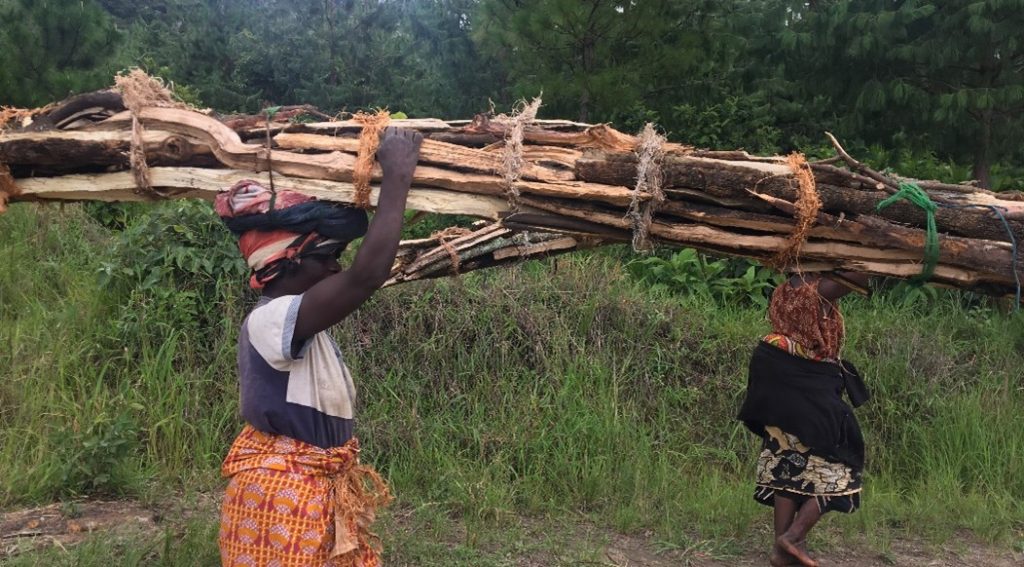
The Deputy Mayor of the Lilongwe City Council, Councilor Esther Sagawa, Launches the Forest Restoration of the Lingadzi Riverine in Lilongwe
The Deputy Mayor of the Lilongwe City Council, Councilor Esther Sagawa, Launches the Forest Restoration of the Lingadzi Riverine in Lilongwe
Report by Harold Kangoli and Steve Makungwa
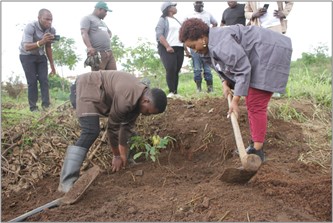
On 19 February 2022 the Deputy Mayor of the Lilongwe City Council, Councilor Esther Sagawa, launched the forest restoration of the Lingadzi Riverine. The project is an initiative of the Lilongwe City Council and it aims to plant and sustainably manage 7,300 native riverine tree species on a 24 hectare degraded riverine along the Lingadzi River in Lilongwe. The design, implementation and monitoring of the project is facilitated by the Lilongwe Chapter of the Global Landscapes Forum (GLF), an initiative of Malawi’s Centre for Applied Systems Analysis (CASA) in collaboration with the International Union of Forest Research Organizations (IUFRO.
Read more…Forests and Fire: Intersectionality of Forests and People
Forests and Fire: Intersectionality of Forests and People
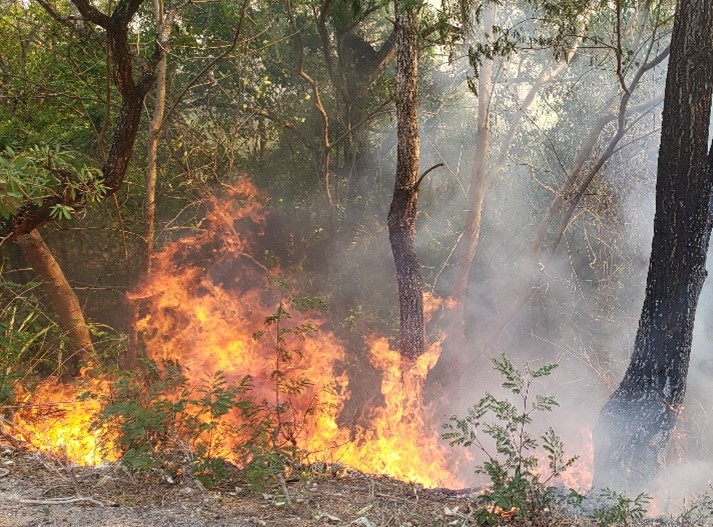
Throughout the Americas wildfires are changing. Forests are experiencing longer fire seasons, fires occurring outside of historic fire regions, fires burning more land on average each year, and more extreme fire behavior; some of which is attributed to a changing climate. Additionally, we are seeing an increased frequency of wildfires in populated area, impacting more homes and communities.
Forests and Water
Forests and Water
Science-Policy-Practice Interface for Managing Forest and Water Interactions under a Changing Environment
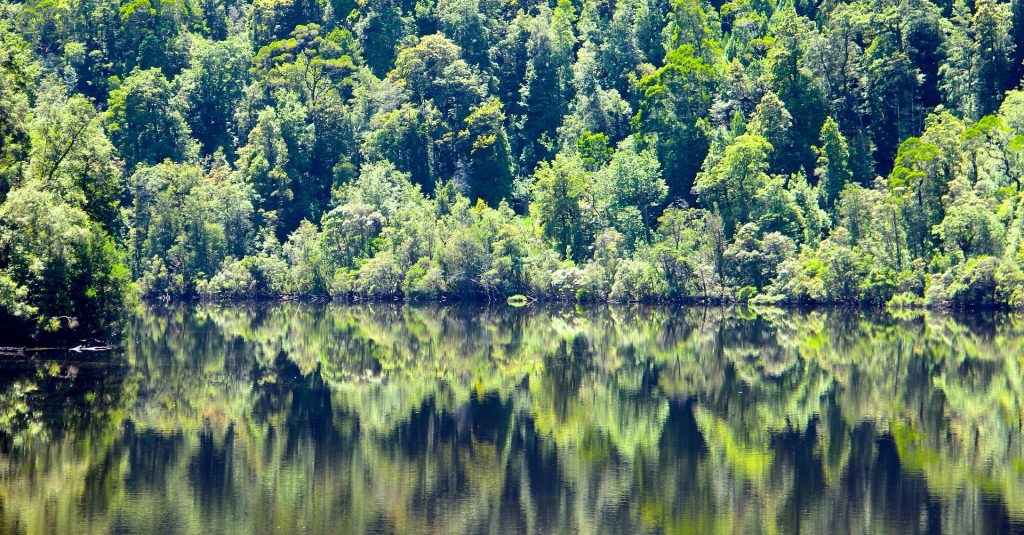
Water is fundamental to life on earth. What may not be quite so obvious is that forests are equally vital resources for life on the planet.
And the two – water and forests – are inseparable in the pursuit of a sustainable and sustainably developed world. Therefore, forests and water resources have been identified as essential elements in adaptation to climate change.
Read more…Employment and Sustainability in Latin American Forests
Employment and Sustainability in Latin American Forests
Main Objective of Unique Entrepreneurship Guide
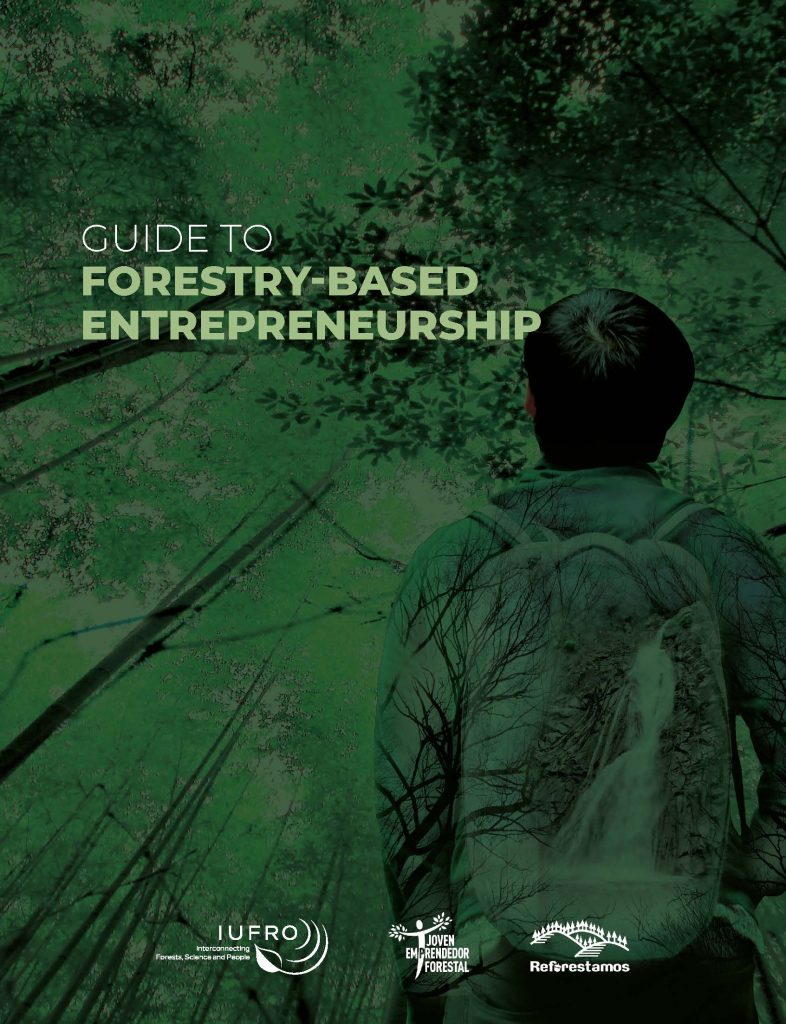
IUFRO and the International Forestry Students’ Association (IFSA) – through a Joint IUFRO-IFSA Task Force on Forest Education (JTF) – have joined forces with Reforestamos in developing an ambitious “how-to” forest-based entrepreneurship guide for use throughout Latin America.
Reforestamos is a Mexico-based NGO with a mission to safeguard forest landscapes needed for sustainable development in the region. It has, among other initiatives, supported the creation of small and growing businesses by people living in and from the forests.
The result of the IUFRO-IFSA-Reforestamos collaboration is the Guide to Forestry-Based Entrepreneurship.
Read more…What’s the buzz? Studying insects on ‘the web’
What’s the buzz? Studying insects on ‘the web’
A series of webinars, originally seen as a temporary response to some of the travel constraints imposed by the COVID pandemic, will most likely continue after post-COVID equilibrium is restored.
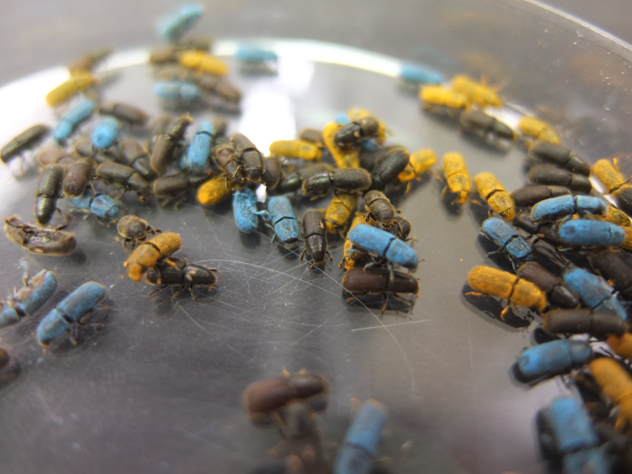
“In light of the current pandemic, many scientific meetings were cancelled – including the many meetings that IUFRO Working Parties (WPs) and other units host each year,” said Dr. Jeremy Allison of the Canadian Forest Service and coordinator of IUFRO’s WP 7.03.16 that deals with Behavioral and Chemical Ecology of Forest Insects.
Read more…IUFRO Spotlight #88 – Using a social science lens on the forest bioeconomy
IUFRO Spotlight #88 – Using a social science lens on the forest bioeconomy
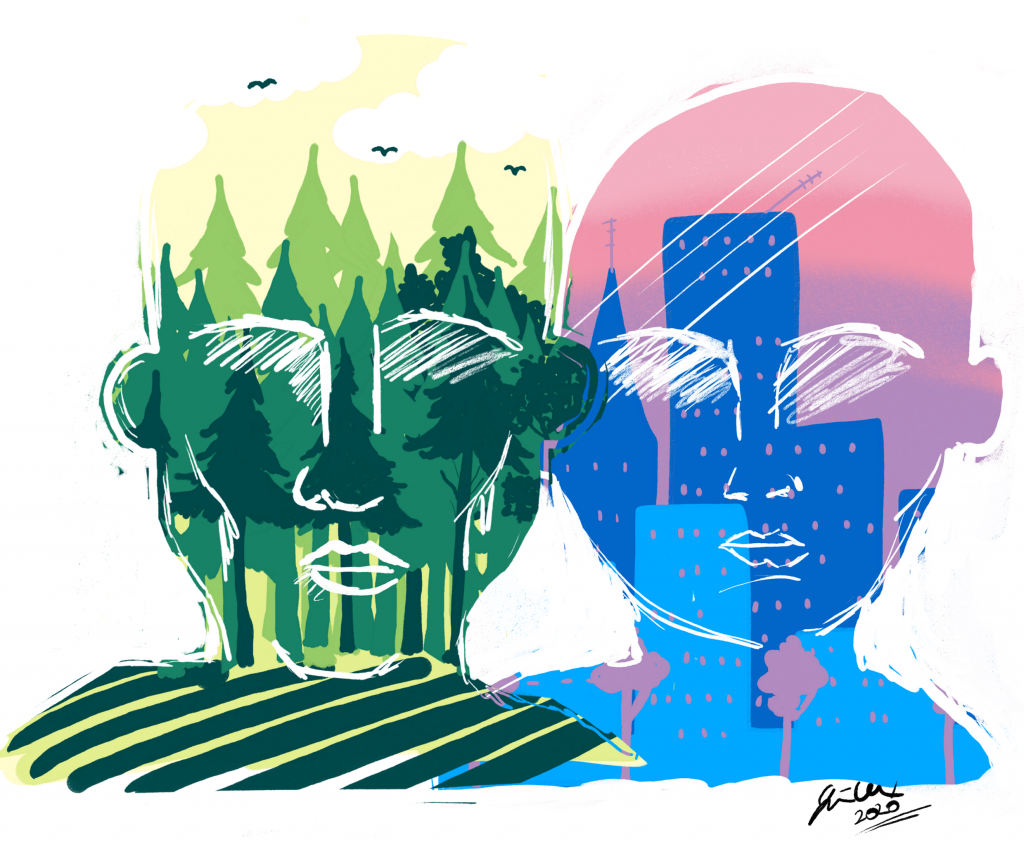
In many countries, forests are important sources of renewable biomass and figure prominently in bioeconomy strategies.
Forests can be stretched beyond their traditional applications and used in textiles, chemicals, and cross-laminated timber, among other things, and can provide climate and ecological benefits, lead to rural employment opportunities and add to regional growth.
Read more…Helping ensure that forest bioenergy is environmentally sustainable
NOTE: This text is reblogged without changes from a blog post authored by Dr. Brian Titus that originally appeared on the BMC blog network, http://blogs.biomedcentral.com/on-physicalsciences/2021/04/15/forest-bioenergy-sustainable/, on 15 April 2021. This blog post is licensed under a Creative Commons Attribution 4.0 International License. One of the authors of the original study, Dr. Viktor Bruckman, is the Deputy Coordinator of the Former IUFRO Task Force “Forest Biomass Network”.
Helping ensure that forest bioenergy is environmentally sustainable
Can removal of woody materials from forests for renewable bioenergy production be environmentally sustainable? A recent review in Energy, Sustainability and Society demonstrates that a wide range of environmental and social values can be protected when harvesting forest biomass, such as harvest residues, salvaged sub-merchantable trees, diseased or dead trees, and whole-tree thinnings.
Brian Titus 15 Apr 2021
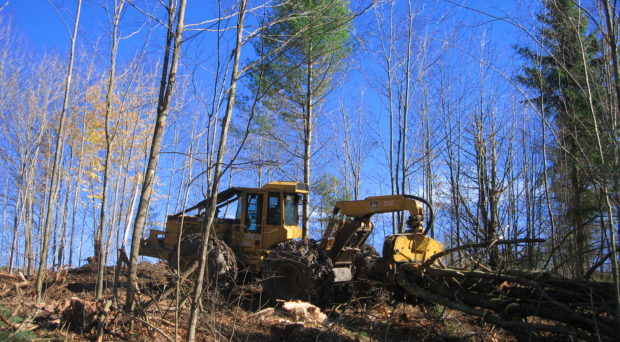
Photo credit: David Paganelli
IUFRO Spotlight #87 – Getting everyone on board to succeed in forest landscape restoration
IUFRO Spotlight #87 – Getting everyone on board to succeed in forest landscape restoration
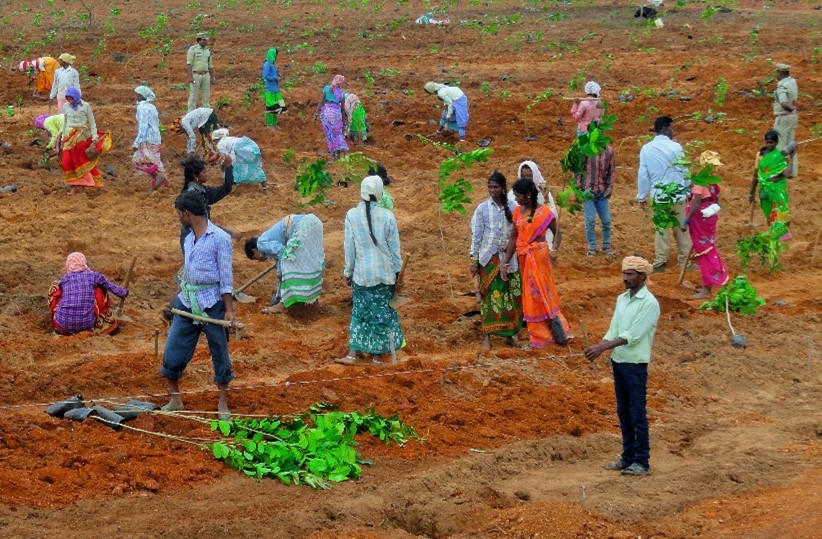
Photo: Forest College & Research Institute, Telangana, India
The world is degraded. Worldwide, according to a 2018 UNESCO publication, land degradation affects 3.2 billion people – about 40% of humanity.
The degradation is human caused, drives species extinction, intensifies climate change, and adds to mass human migration and increased conflict, the report indicated.
So, a critical question becomes: how do we build or, perhaps more accurately, rebuild a sustainable world?
Read more…IUFRO Spotlight #86 – Analyzing the complicated forest-water relationship
IUFRO Spotlight #86 – Analyzing the complicated forest-water relationship
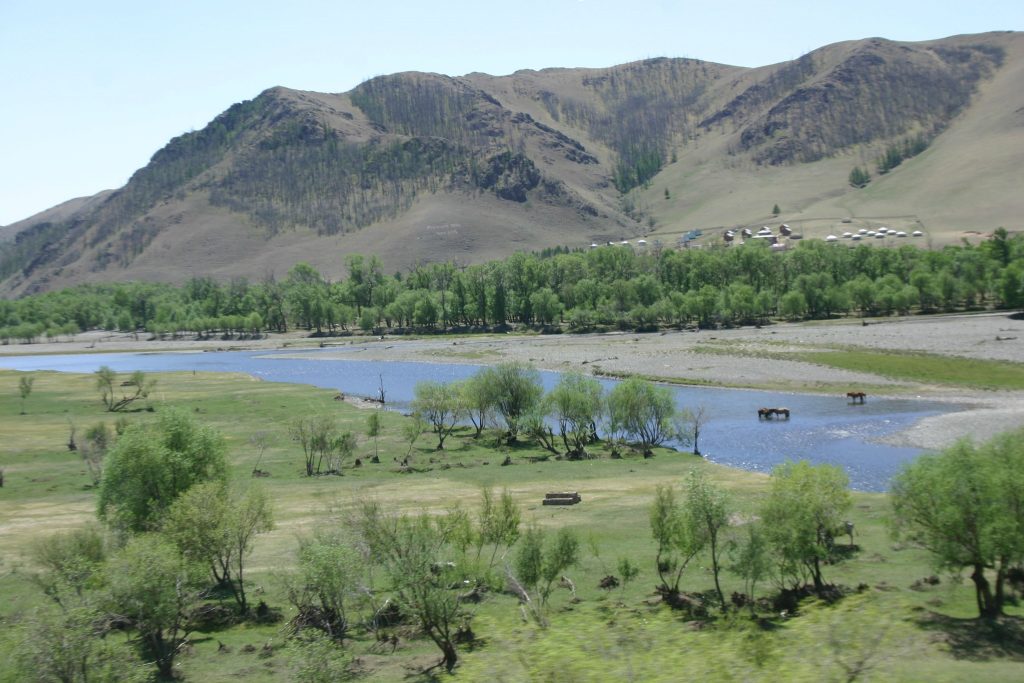
More than 500 years ago Leonardo da Vinci said: “Water is the driving force of all nature.”
There is a corollary that could easily be added to da Vinci’s truism: Water is greatly aided and abetted in that role by forests.
Forests play an integral role in the water cycle by enhancing the world’s supply of clean water. Much of the globe’s freshwater is provided through forested catchments.
Read more…